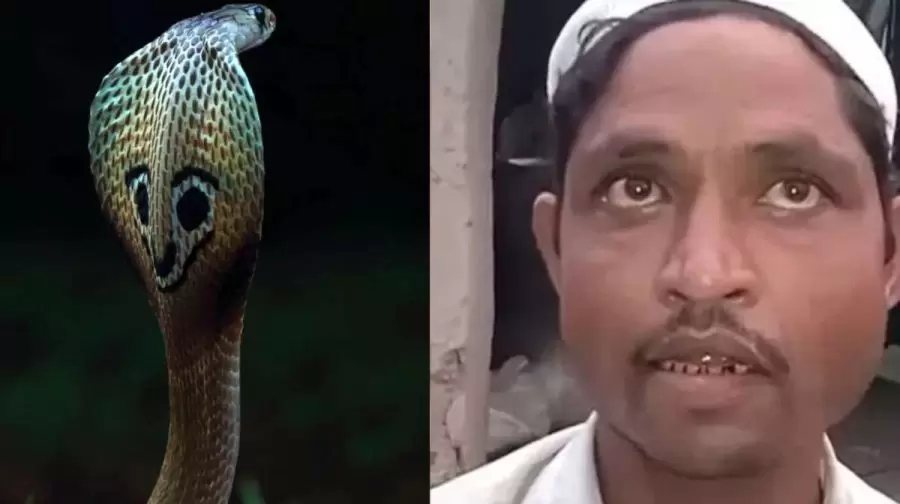A Shocking Claim in Sitapur
An extraordinary case has emerged from the Sitapur district in India’s northern state of Uttar Pradesh. A man named Miraj, a resident of Lodhsa village, has filed a written complaint alleging that his wife transforms into a snake at night and tries to bite him.
The complaint was submitted during a public grievance event known locally as “Samadhan Diwas” (Solution Day), where citizens typically raise issues about electricity, water supply, roads, or ration cards. However, Miraj’s claim was unlike any other received that day — leaving both officials and attendees stunned.
In his application, Miraj stated that his wife had already bitten him once and that he had narrowly escaped further attacks on several occasions after waking up in the middle of the night. He pleaded for immediate protection, insisting that his life was in danger.
Authorities Launch an Investigation
District Magistrate Dr. Om Prakash Gupta took notice of the bizarre complaint and ordered both the Sub-Divisional Magistrate (SDM) and the local police to investigate. While authorities initially treated it as a case of possible mental distress, they emphasized that the matter would be examined thoroughly before drawing conclusions.
Officials said they would also consider whether Miraj or his wife required medical or psychological evaluation, as similar cases in rural India often stem from superstition or mental health issues rather than literal transformations.
A senior police officer told local reporters, “At first glance, this appears to be a psychological matter, but we are verifying all details. The complainant has formally requested protection, and we are taking his safety seriously.”
Viral Sensation on Social Media
As soon as the incident reached social media, it sparked widespread amusement and disbelief. Thousands of users shared memes and humorous reactions across X (formerly Twitter), Facebook, and Instagram.
One user joked, “Who knows how many people she has bitten already?”
Another commented sarcastically, “Have you hidden her serpent jewel — the ‘Naagmani’?”
A third quipped, “You should turn into a snake too; that’s the only way to survive!”
Despite the humor, several commentators also pointed out that superstition and mental health concerns remain largely unaddressed in rural India, where such claims sometimes lead to violence or social stigma.
Superstition and Belief in Shape-Shifting Serpents
Belief in shape-shifting snakes, known in Indian folklore as “Naagins”, runs deep in parts of the subcontinent. Rooted in ancient mythology, these serpent beings are said to possess supernatural powers, often linked to revenge or protection of hidden treasures.
Indian television dramas and films have also popularized the myth in recent years, sometimes blurring the line between folklore and reality. Experts note that such stories can influence vulnerable individuals, especially in areas with limited access to education or healthcare.
Dr. Meena Verma, a sociologist based in Lucknow, explained:
“Supernatural beliefs remain powerful in rural regions. When people face stress or domestic conflict, they may interpret events through the lens of folklore. It’s important that such cases are approached with empathy, not ridicule.”
Broader Concerns About Mental Health Awareness
Mental health issues in India often go undiagnosed, particularly in villages and small towns. According to India’s National Mental Health Survey, nearly one in seven Indians suffers from some form of mental disorder, but stigma prevents many from seeking treatment.
Cases like Miraj’s, while sensational, highlight the urgent need for mental health education and better support systems in rural communities. Local officials in Sitapur said they would assess whether counseling or community outreach could help prevent similar incidents in the future.
What Happens Next
Authorities in Sitapur have not yet confirmed any findings from their inquiry. For now, Miraj’s complaint remains under review, with officials expected to file a preliminary report in the coming days.
Meanwhile, the story continues to trend across Indian social media — a curious mix of folklore, superstition, and psychological distress that has once again reminded many of the thin line between belief and reality in modern India.















